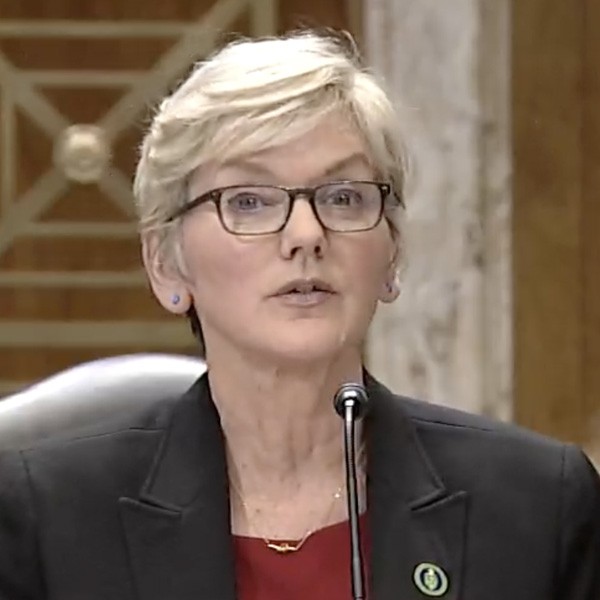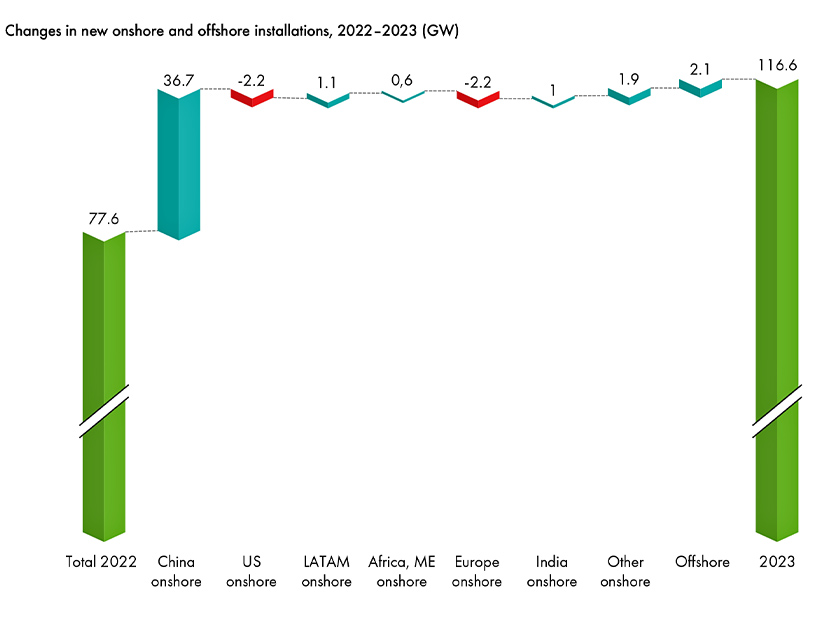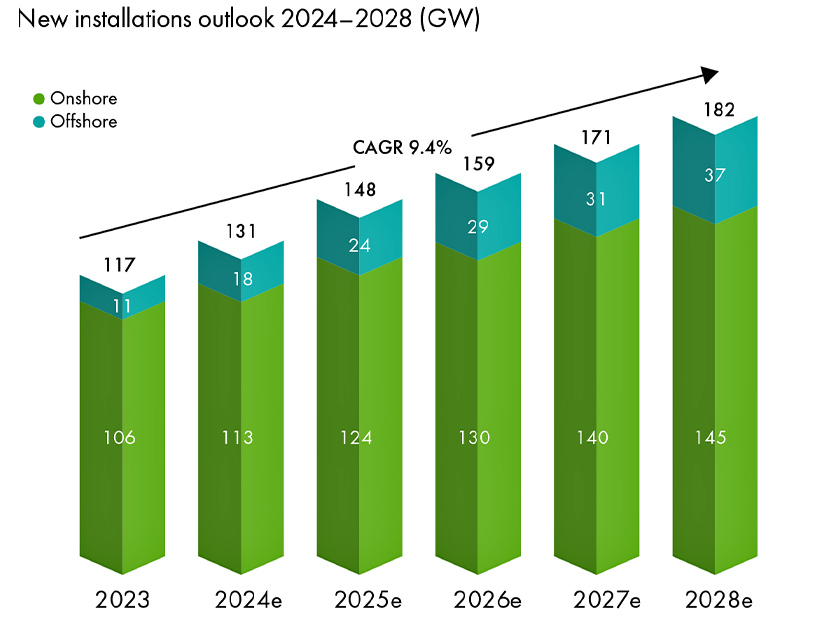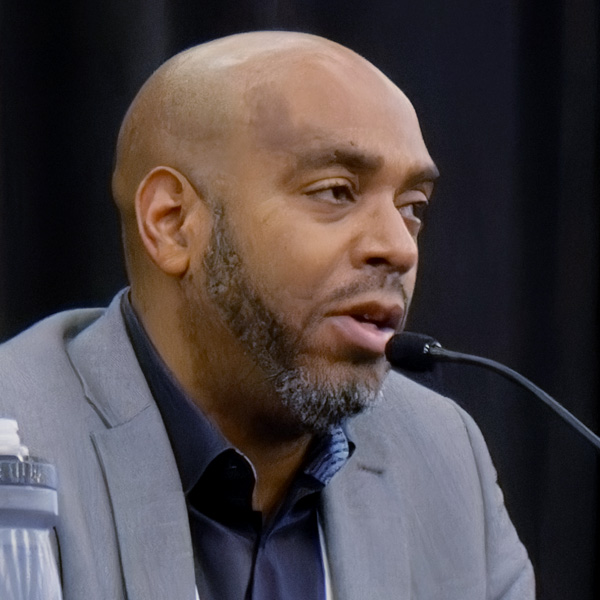Stakeholders filed comments April 11 debating PJM’s request that FERC direct it to recalculate the results of the 2024/25 Base Residual Auction and rerun the third Incremental Auction (IA) based on those results, with general support from generators and opposition from state regulators and consumer advocates (ER23-729).
The 3rd U.S. Circuit Court of Appeals in March vacated FERC’s order allowing PJM to revise the locational deliverability area reliability requirement for the DPL South zone after the BRA had been conducted but before the publication of its results, finding that it constituted a violation of the filed-rate doctrine.
PJM on March 29 petitioned FERC to order it to use the results that would have been the outcome in December 2022 had it not revised the reliability requirement. It also requested to rerun the capacity period’s third IA, completed March 11, arguing that matching the “new” BRA results with those of the IA would be too complicated. (See PJM Awaiting FERC Response to Court Rejection of 2024/25 Capacity Auction Parameters.)
The issue stems from PJM identifying a substantial increase in capacity prices because of the interaction between a “misalignment” in resources that offered into the auction and the expected resource pool based on the reliability requirement. The RTO asked FERC to allow it to revise the calculation of the requirement after bids had been received to exclude generators expected to offer that ultimately did not. (See Capacity Auction ‘Mismatch’ Roils PJM Stakeholders.)
PJM requested FERC to act by May 6. It argued that rerunning the third IA would prevent generators that did not clear under the original auction from being assigned a capacity commitment with less than a month to make any preparations necessary to meet their obligations before the start of the delivery year (June 1). Some generators that did not originally clear may also have sold their uncommitted capacity through bilateral transactions, raising the risk that capacity may be double-counted if those resources are picked up should the BRA be rerun with different parameters.
Should the commission decline to rerun the auction or not reach an order by then, PJM presented a “less optimal” alternative of allowing it to relieve market sellers of capacity commitments that both increased through rerunning the BRA and exceed what they reasonably believe they could provide. Market sellers would have seven days to request that PJM relieve them of their capacity obligations, which the RTO expects to be such a small amount that finding replacement capacity would not be necessary. PJM said that option would remain viable until May 22.
“In other words, only a capacity resource that is committed in the recalculated Base Residual Auction to provide more megawatts than it is now capable of providing (due to either bilateral transactions or commitments from the February 2024 third Incremental Auction of capacity not committed under the prior Base Residual Auction results) would be eligible to be relieved of such excess megawatts,” PJM explained.
Consumer Interests Urge Rejection
In a joint protest, several state commissions, consumer advocates and industrial groups urged the commission to reject PJM’s petition, arguing that rerunning the BRA with the original reliability requirement would increase DPL South consumers’ capacity bill by $178 million with little reliability benefit.
They cited informational auction results PJM posted April 4, which showed what the December auction results would have been if the requirement had not been modified. Those figures, which PJM’s petition proposed using as the new auction results, show an increase in the DPL South clearing price from $90.64/MW-day to $426.17/MW-day, for a regional capacity cost of $288.4 million.
Rerunning the IA would exacerbate the issues that have made commission reluctant to order auctions be reconducted by substantially increasing load-serving entities’ and consumers’ capacity costs with little time to find ways to lower them, argued the organizations, which included American Municipal Power, the Delaware Division of the Public Advocate, Delaware Energy Users Group, Delaware Municipal Electric Corp., Delaware Public Service Commission, Maryland Office of People’s Counsel and Old Dominion Electric Cooperative.
“Rather than proposing to maintain the posted BRA results in light of these problems, PJM doubles down and proposes to rerun the third Incremental Auction. But that will not solve problems; it will instead create even greater disruption,” they told FERC. “PJM … ignores that doing so could adversely impact market participants who have relied in one way or another on the already completed third Incremental Auction.”
Instead, they argued FERC should reaffirm that the BRA results PJM posted in February will stand because the commission’s obligation to protect consumers outweighs the general presumption that resolving a legal error should revert parties to their standing prior to the error.
“The equities especially disfavor rerunning the auctions in this case, where PJM and one commissioner have acknowledged — and no one has meaningfully disputed — that the new prices reflect an unjust and unreasonable result of using an inflated reliability requirement, at odds with actual reliability needs, that increases capacity charges by more than $177 million, or 160%, with no consumer benefit,” the organizations said, referencing Commissioner Mark Christie’s concurrence with the commission’s order accepting PJM’s changes to the auction parameters.
“Indeed, the commission here already balanced the equities when it weighed customers’ interest in paying only a just-and-reasonable rate against the generators’ allegedly settled expectation of exorbitant rates driven by use of an inflated reliability requirement, and concluded that the former outweighed the latter.”
“PJM’s proposal would have profound adverse impacts on consumers in the Delmarva peninsula. Granting PJM’s proposal would serve only to provide power plant owners an unjustified windfall through massive price increases. It should be rejected,” Maryland People’s Counsel David Lapp said in a statement.
In a statement regarding the Maryland Public Service Commission’s own protest, Chair Frederick Hoover said PJM’s proposal would result in “excessive capacity costs” for consumers and replace auction parameters the commission found just and reasonable last year with a flawed market design.
“Allowing PJM to apply the same flawed market design that it has once correctly characterized as being unjust and unreasonable would be unconscionable,” Hoover said. “With FERC’s acknowledgement of the consequences of a flawed market, PJM already set the fair price for electric capacity well over a year ago. We are asking FERC to require PJM to retain those rates in order to ensure that customers on the Delmarva Peninsula will not be harmed by having to pay for reliability at inflated prices with no economic or reliability justification.”
Generators Supportive of New BRA Results, Divided on IA
The Electric Power Supply Association and PJM Power Providers, which appealed FERC’s order to the 3rd Circuit, jointly supported PJM’s petition, saying that resolving the case before the delivery year begins is imperative.
While they said both routes PJM proposed were acceptable, they preferred leaving the third IA results in place and instead allowing market sellers to ask the RTO to relieve any increased capacity obligations they could not serve. Rerunning the IA could result in unintended consequences by allowing all market participants to adjust their positions after the results of the original IA had been posted, which they said is unnecessary because a smaller number of participants are expected to be affected by the issues PJM is seeking to resolve.
Constellation Energy supported PJM’s entire proposal, stating that the IA was based on the same parameters the court found invalid and that rerunning it would allow market sellers to adjust their offers to account for changes in the BRA parameters.
“If the BRA results are recalculated but the third Incremental Auction is not rerun, there will be a disconnect between the quantity of capacity procured in the BRA and the quantity needed in the third Incremental Auction” Constellation said. “Additionally, market participants should have a meaningful opportunity to adjust their participation in the third Incremental Auction in light of the recalculated BRA outcome.”




